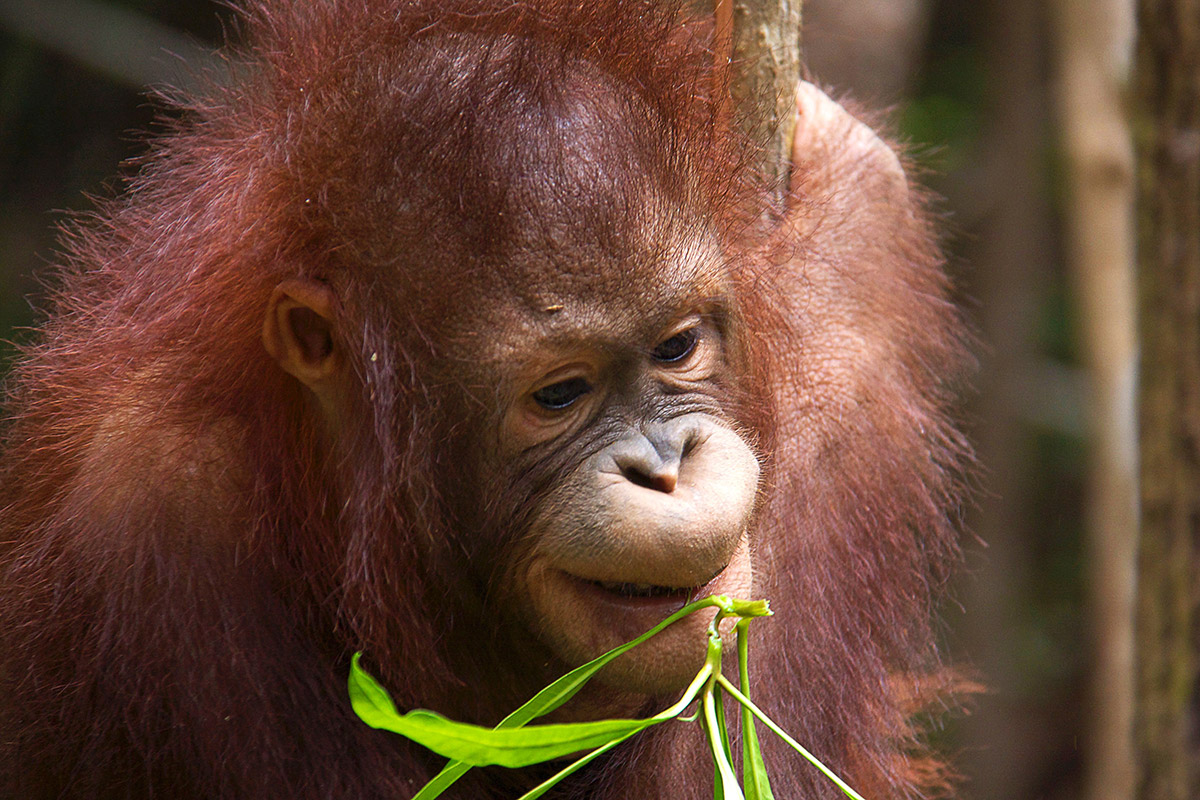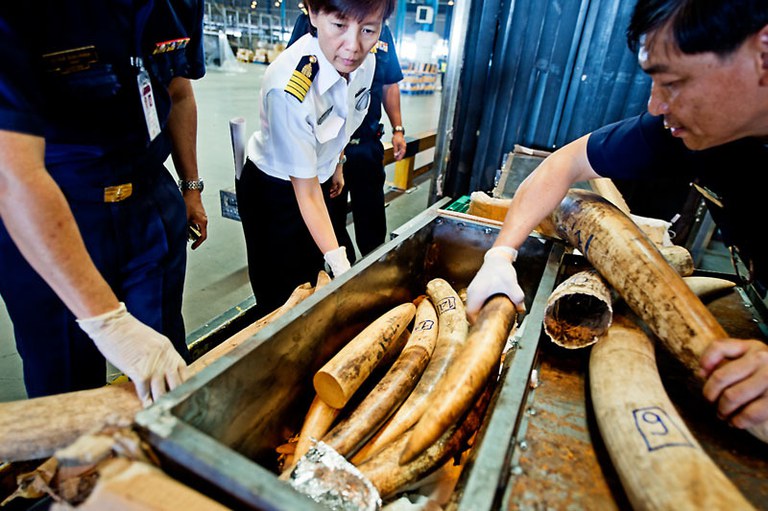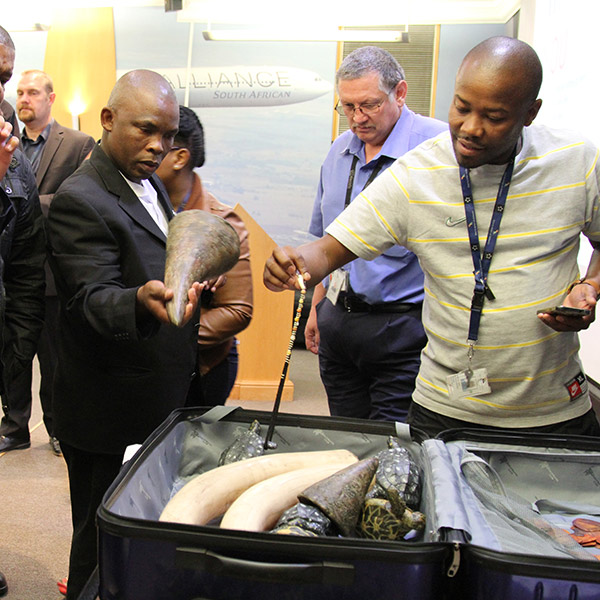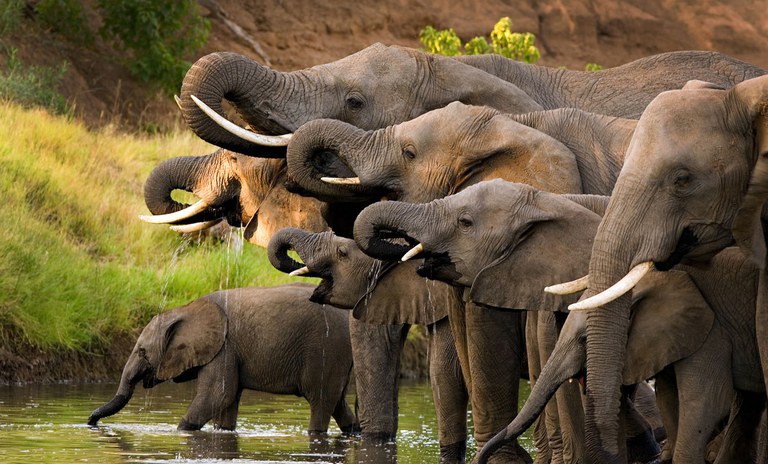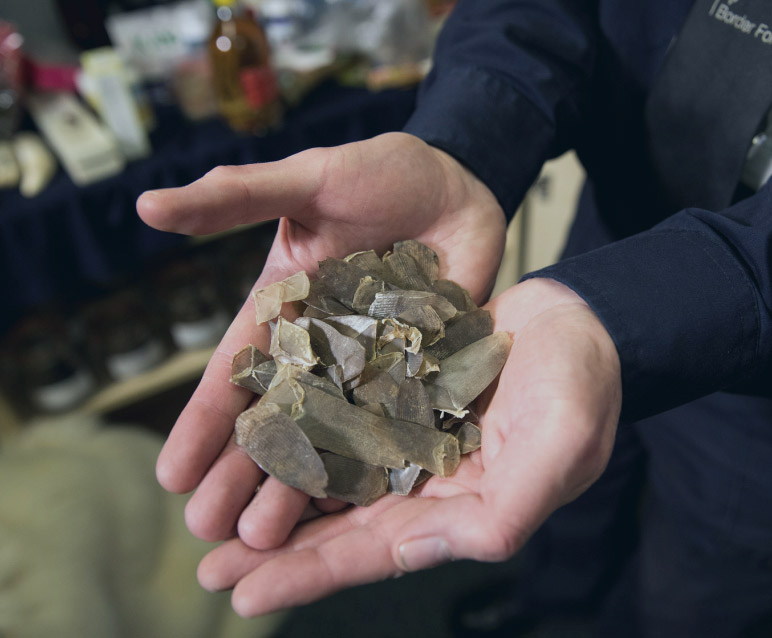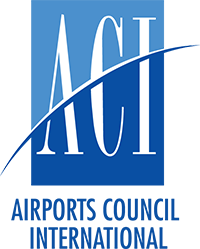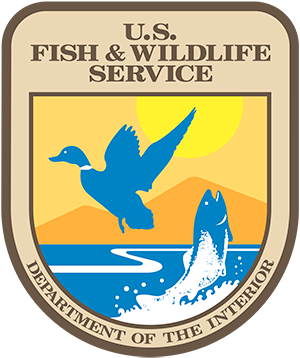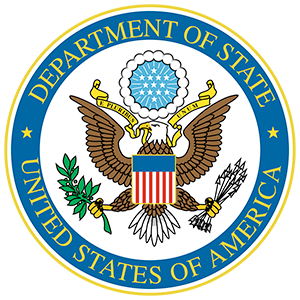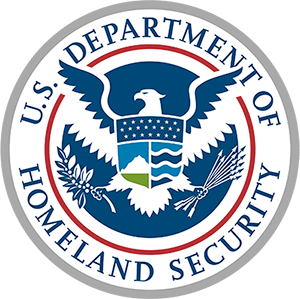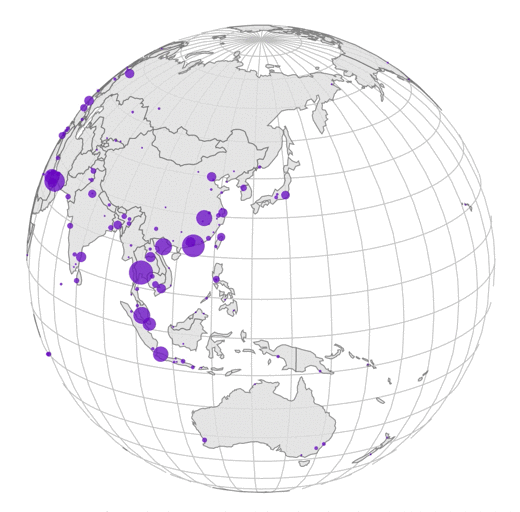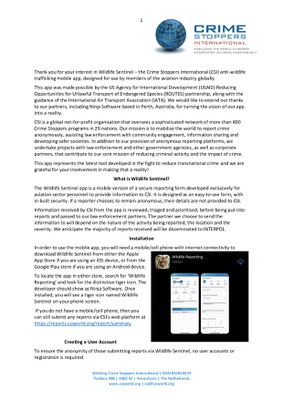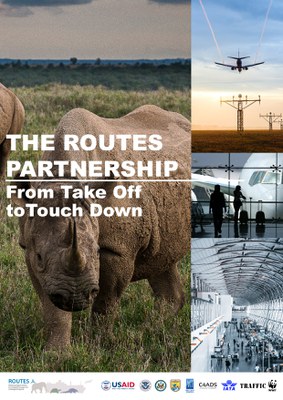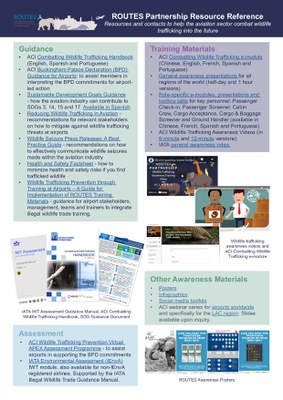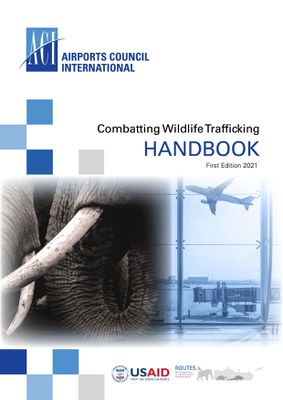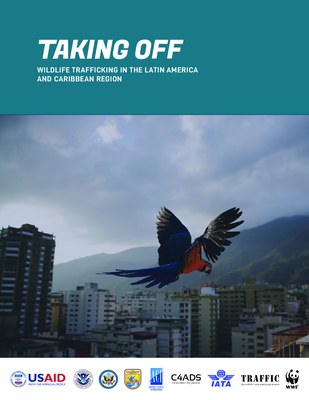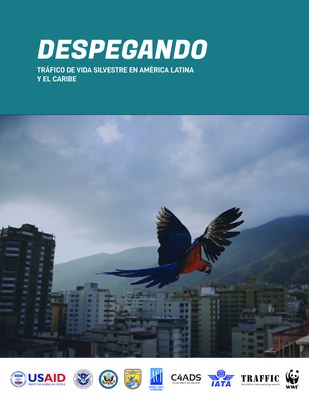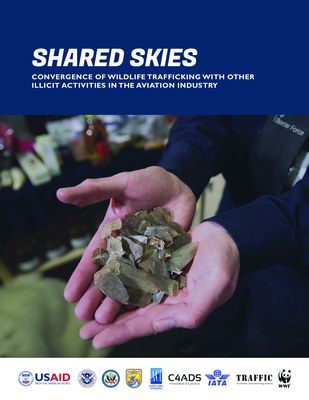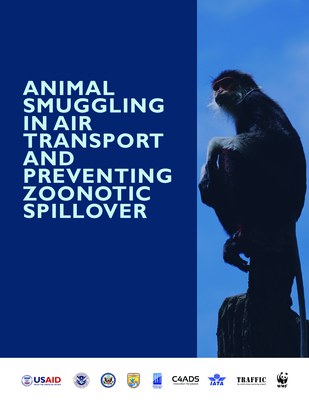Core Team:
Consultative Body:
- Airlines for America
- African Wildlife Foundation
- CITES Secretariat
- Global Environment Facility
- INTERPOL
- Michigan State University, SGS S.A.
- The Royal Foundation of the Duke and Duchess of Cambridge and Prince Harry
- United Nations Development Programme
- United Nations Office on Drugs and Crime
- US Army Research Office
- Wildlife Conservation Society
- World Bank
The Reducing Opportunities for Unlawful Transport of Endangered Species (ROUTES) Partnership was an innovative and transformational partnership that brought together international conservation organizations, donors, government, and the transportation and logistics industry. The multi-year collaborative program aimed to disrupt wildlife trafficking by reducing the use of legal transportation supply chains. The resources, tools and alliances created through ROUTES, continue to form a key element of the concerted international response to addressing wildlife poaching and associated criminal activities worldwide.
The goal of ROUTES was to disrupt wildlife trafficking by reducing the use of legal transportation supply chains. The objectives and expected outcomes were:
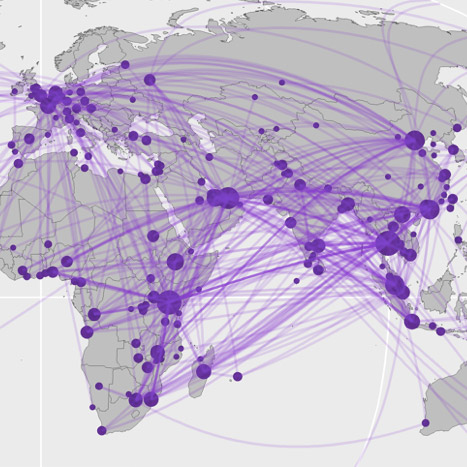
Improving Data Analytics
Improve the data and analytics on wildlife trafficking for evidence-based action: This objective was vital to set the baseline information required for all ROUTES activities (e.g. which ports should we focus our efforts on?). It generated data that could support the monitoring and evaluation as part of the indicators of change over time as well as helped industry leadership understand risks and opportunities. Airport best practice assessments and a tool to do this were developed that guided training, outreach and policy opportunities.

Engaging Corporate Leaders
Engage corporate leadership to collaborate to combat wildlife trafficking: Corporate leadership was inspired to engage and support ROUTES principles and activities through a range of toolkits, meetings, events, risk analyses, promotions and incentives. It focused on building the business case for engagement as well as a business-to-business (B2B) messaging kit for companies to engage their client base.
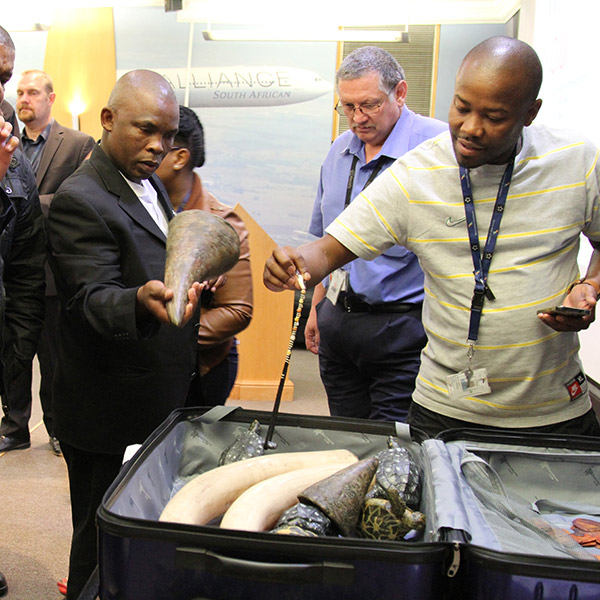
Training Transport Personnel
Improve the ability of transportation personnel to assist law enforcement to combat wildlife trafficking: This objective focused on capacity, empowerment and sensitization of transport sector personnel through the provision of trainings and training tools that could be institutionalized to meet the needs of companies. Additionally, systems to incentivize and help personnel safely report suspicious activity related to wildlife trafficking were proposed and promoted.
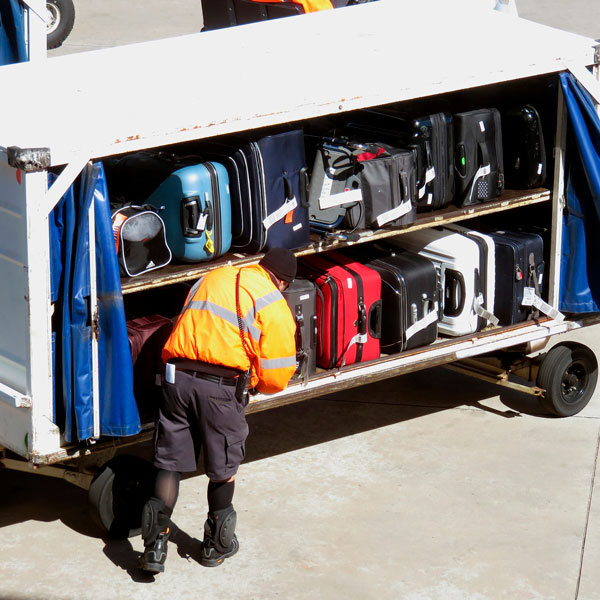
Strengthening Policies & Protocols
Improve the ability of transportation personnel to assist law enforcement to combat wildlife trafficking: This objective focused on capacity, empowerment and sensitization of transport sector personnel through the provision of trainings and training tools that could be institutionalized to meet the needs of companies. Additionally, systems to incentivize and help personnel safely report suspicious activity related to wildlife trafficking were proposed and promoted.

Increasing Collaboration with Enforcement
Increase passenger and client awareness of wildlife trafficking issues: This objective focused on generating incentives for private sector buy-in through rewards, profile and outreach, including the development of an awards ceremony to recognize excellence in the industry in tackling wildlife trafficking. Some trial airport outreach initiatives for the industry to rally behind and gain profile were developed, so they could show leadership and ownership in their home airport hubs. The increased profile and incentives helped to support and encourage public commitments from companies.

When the ROUTES Partnership came to a close in 2021, the data and functionality from the ROUTES Dashboard were transferred into TRAFFIC’s Wildlife Trade Portal. For the latest data on wildlife trafficking in the air transport sector Visit the Wildlife Trade Portal.
The ROUTES Interactive Wildlife Seizure Dashboard
The ROUTES Dashboard was an interactive website providing graphics on wildlife trafficking through airports between 2009 and 2020. The Dashboard’s graphics were derived from open source wildlife seizure data collected by C4ADS under the ROUTES Partnership.
The Dashboard also contained a Route Risk Tool, which allowed users to input specific flight routes and receive an estimated risk assessment based on the number of previous trafficking attempts along that route, and a Country Profile Map, which provided a summary of wildlife trafficking information for individual countries.


